Cold-drawn precision
seamless steel pipes, with their no oxide layer on the inner and outer walls, excellent high-pressure bearing capacity, high precision and high finish, and no cracks during cold bending, expansion and flattening, have become an ideal choice for mechanical structures, hydraulic equipment, and automotive and motorcycle pneumatic or hydraulic components, such as cylinders or oil cylinders. Its production process goes through multiple links such as hot-rolled rough tubes, rough tube inspection and grinding, pickling and re-inspection, cold drawing, straightening, pickling and lubrication, fine drawing, and finished product pre-treatment. Each link is strictly controlled to ensure product quality.
In the production process of cold-drawn precision seamless steel pipes, special attention should be paid to the following points to ensure the stability of product quality and performance:
Raw material selection: The selection of high-quality raw materials is the basis for the production of high-quality steel pipes.
Process control: Strictly control every link in the production process, including hot rolling, cold drawing, straightening, etc., to ensure that product quality meets the standards.
Equipment maintenance: Regularly maintain and maintain production equipment to ensure the stability and reliability of the equipment.
Inspection and acceptance: Strict quality inspection and acceptance of finished products to ensure that each steel pipe meets customer requirements.
Through the implementation of these measures, the production quality and efficiency of cold-drawn precision seamless steel tubes can be effectively improved to meet customer needs.
1. Quality requirements for rough tubes
The rough tubes should have uniform wall thickness and fewer internal and external surface defects. In addition, special external surface polishing equipment and internal hole defect cleaning devices should be equipped to ensure that the quality of the rough tubes meets the standards.
2. Re-inspection process
In the manufacturing process of cold-drawn precision seamless tubes, compared with ordinary cold-drawn steel tubes, an additional hot-rolled rough tube pickling re-inspection process will be added. This process is designed to ensure that the outer surface of the rough tube is smooth and free of defects, such as folds or cracks, and at the same time, rough tubes with defects such as folds, severe scratches or pitting on the inner surface will be detected, thereby further improving the quality of the product.
3. Tool requirements
In the production process of cold-drawn precision seamless steel tubes, the tools used must meet a series of strict requirements. First, the surface finish of the tool must reach Ra0.4 or above to ensure that the surface of the produced steel tube is smooth and defect-free. Secondly, the dimensional accuracy must reach H3 or above to ensure that the size of the steel tube meets the standard. In addition, the hardness requirement cannot be ignored and must reach HRC70 or above to enhance the wear resistance and service life of the tool. At the same time, during the drawing process, the phenomenon of the head or die sticking to the steel must be avoided to ensure the safety and efficiency of production.
4. Annealing process
In the production process of cold-drawn precision seamless steel pipes, annealing is a crucial link. The quality of annealing is directly related to the performance of the steel pipe and the removal effect of the oxide scale. Therefore, it is necessary to equip professional non-oxidizing bright annealing furnace equipment to ensure the smooth progress of the annealing process.
5. Pickling process
In the production of precision seamless steel pipes, pickling is an indispensable step. However, during the sulfuric acid pickling process, the surface of the steel pipe is prone to produce "black slag" with Fe2O3 and Fe3O4 as the main components. These black slags may cause black spots on the surface of the steel pipe in subsequent production links. Since Fe2O3 and Fe3O4 are soluble in hydrochloric acid, in order to prevent the formation of black spots, a certain amount of NaCl is usually added to the pickling tank, and its concentration is controlled in the range of 5-10g/l.
6. Lubrication process
In the production process of cold-drawn precision seamless steel pipes, lubrication is a crucial link. In order to achieve the ideal lubrication effect, resin is usually used as a lubricant. Compared with the traditional phosphating and lubrication (saponification), this lubrication method enables the drawn steel pipe to maintain the original color of the iron matrix, while having high finish and beautiful appearance color similar to cold-rolled pipes.
In the production process, in addition to the lubrication process, it also includes the control of mold design, annealing, pickling and other links. In addition, the inspection and repair of the rough tube quality is also a key step to ensure product quality.
As an important industrial material, seamless steel pipes are widely used in many fields such as petroleum, chemical industry, machinery manufacturing, construction and automobile. In order to ensure the quality and performance of seamless steel pipes, the internationally recognized standard system such as ASTM, API, DIN, etc. is strictly implemented during the production process. These standards not only regulate the manufacturing process, chemical composition and mechanical properties of seamless steel pipes, but also ensure the safety and reliability of products in different environments and applications.






 English
English Español
Español بالعربية
بالعربية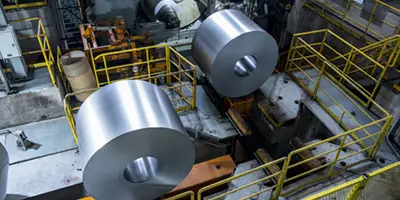

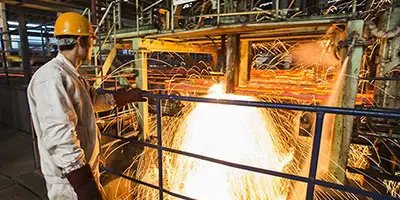
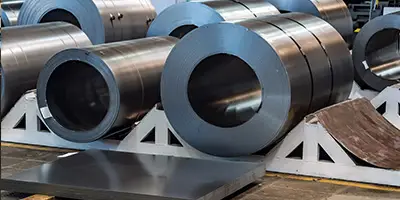

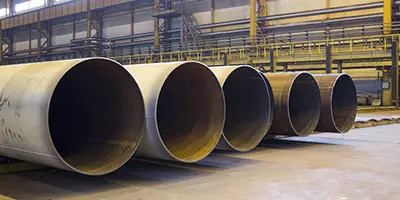
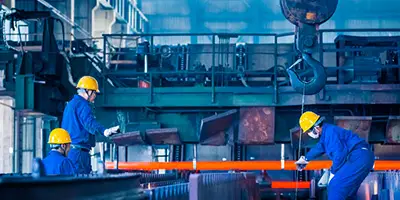
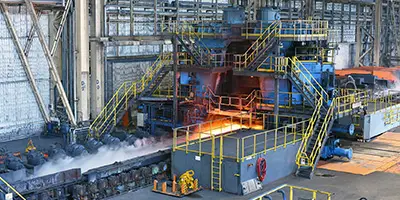
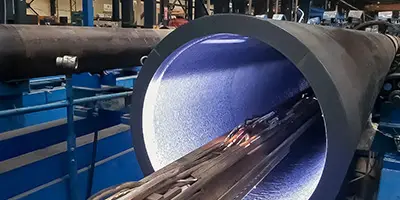
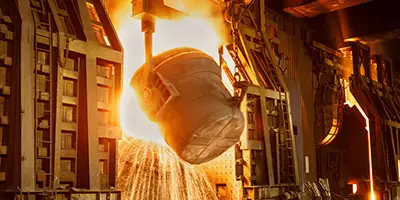
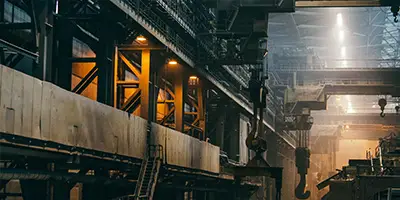
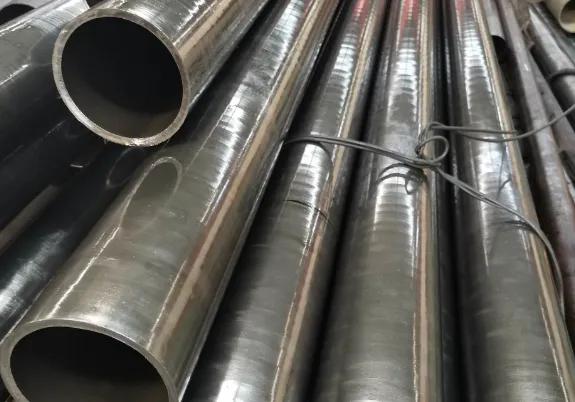
 Phone :
Phone :  Whatsapp :
Whatsapp :  Email :
Email : 


